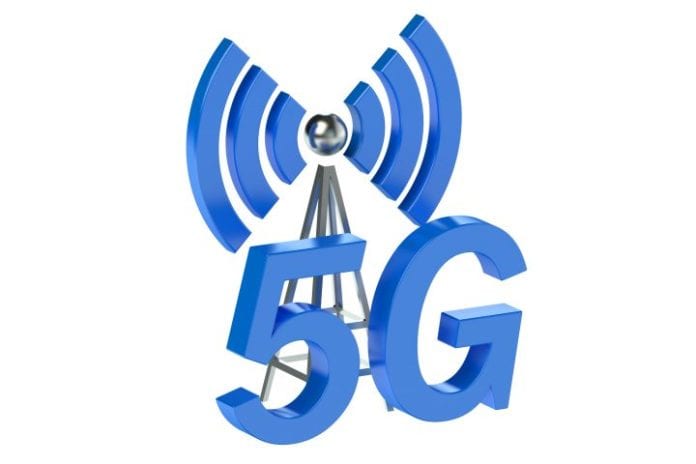Regional operator U.S. Cellular continued its 5G technology push, touting gigabit-per-second speeds at distances up to 1 mile in a trial with Ericsson.
U.S. Cellular and Ericsson claimed a joint network test achieved speeds of up to nine gigabits per second using technology components expected to be part of the “5G” standard.
The companies said the testing occurred in Madison, Wisconsin, using Ericsson equipment installed on a U.S. Cellular network tower tapping into an experimental license from the Federal Communications Commission in the 15 GHz spectrum band. The test is said to have achieved peak speeds of up to 1.5 Gbps at a distance of one mile from the tower and the 9 Gbps speed achieved at a distance of 787 feet.
Technology used in the test included radio resource sharing, beamforming, beam tracking and multiple-input/multiple-output antenna technology, which are all expected to have a part to play in the evolving 5G technology standard.
“This latest trial with Ericsson demonstrates incredible 9 Gbps speeds in an environment that was close to a real-world scenario, and we look forward to collaborating with Ericsson on the development of standards for a healthy 5G ecosystem,” explained Michael Irizarry, EVO and CTO at U.S. Cellular.
The trial follows up on work between U.S. Cellular and Nokia to test fixed wireless services in outdoor and indoor environments using spectrum in the 28 GHz band. Claimed results included network speeds of up to 5 Gbps and latency of less than two milliseconds.
The test with Nokia was said to include streaming of six simultaneous 4K videos, with the outdoor demonstration in Chicago using a point-to-point wireless connection between a base station and user equipment. To simulate “real-world” environments, the testing included “dry walls, windows and metal panels” as well as having equipment moved behind trees and foliage. Indoor testing was conducted at U.S. Cellular’s lab.
Irizarry had previously hinted at work by the carrier in the 15 GHz band, as well as the potential for a third trial before the end of the year.
Ericsson previously stated it expects to have equipment ready to support 5G deployments by mid-2017, though an actual 5G standard is not expected until at least early 2018.
Ericsson recently released a report forecasting North America to lead the world in early adoption of 5G services. The report predicts the region will account for 25% of the forecast 550 million 5G connections worldwide by 2022, with the Asia-Pacific region expected to be the second fastest in terms of 5G subscription growth accounting for 10% of 5G connections by 2022.
Bored? Why not follow me on Twitter.

